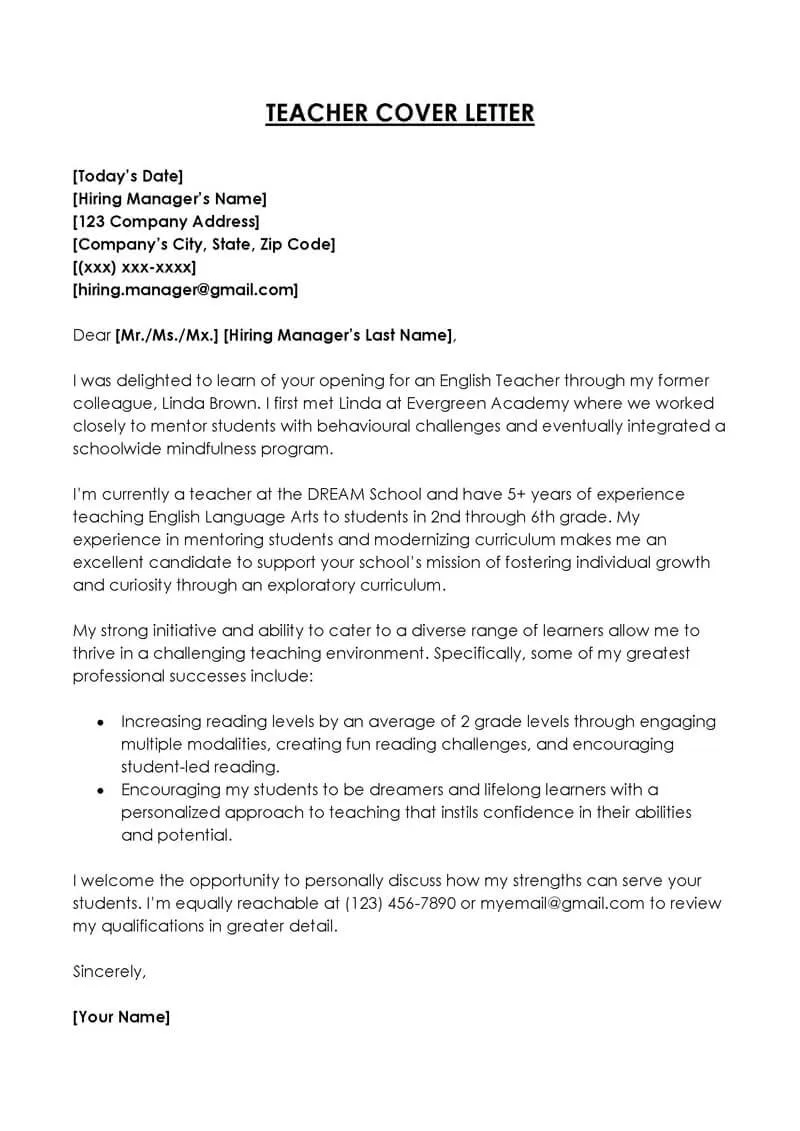Crafting Your Cover Letter: The Key Sections
A compelling cover letter is your first chance to make a great impression on a community college hiring committee. It’s not just a formality it’s your opportunity to showcase your qualifications, express your passion for teaching, and highlight why you’re the perfect fit for the position. Mastering the art of writing a cover letter can significantly increase your chances of securing an interview. This guide breaks down each essential section, offering tips and strategies to help you craft a winning cover letter that gets you hired. Remember, the goal is to go beyond simply listing your credentials; you want to tell a story that resonates with the reader and demonstrates your value.
Header Essentials
Your Contact Information
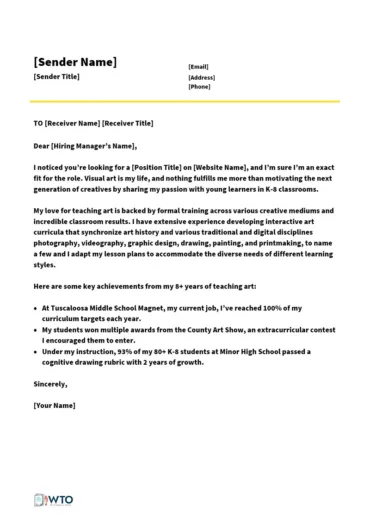
Begin your cover letter with your contact information. Include your full name, address, phone number, and professional email address. Ensure the email address is professional and easy to read. It’s a simple step, but it’s crucial for the hiring manager to be able to reach you easily. Accuracy and presentation are key; a well-formatted header sets a professional tone from the start. This information should be left-aligned at the top of the document. Double-check all details before sending the letter to avoid any errors that could hinder communication.
Date and Recipient Details
Below your contact information, include the date and the recipient’s details. Start with the current date, followed by the hiring manager’s name, title, and the community college’s address. If you know the hiring manager’s name, use it; addressing the letter to a specific person adds a personal touch. If the name isn’t available, research the department’s head or use a general title like ‘Hiring Committee’. Accuracy in this section demonstrates your attention to detail and respect for the recipient, enhancing the cover letter’s professionalism and showing that you’ve taken the time to personalize your application.
Addressing the Hiring Manager
Start your cover letter with a professional greeting. If you know the hiring manager’s name, use ‘Dear Mr./Ms. [Last Name]’. If not, use ‘Dear Hiring Committee’ or ‘Dear Search Committee’. Avoid generic greetings like ‘To Whom It May Concern’. A personalized greeting shows that you’ve done your research and are genuinely interested in the position. It’s a small detail that makes a big difference in creating a positive first impression. Ensure your greeting is appropriate for the specific institution and the advertised position.
The Opening Paragraph: Hooking the Reader
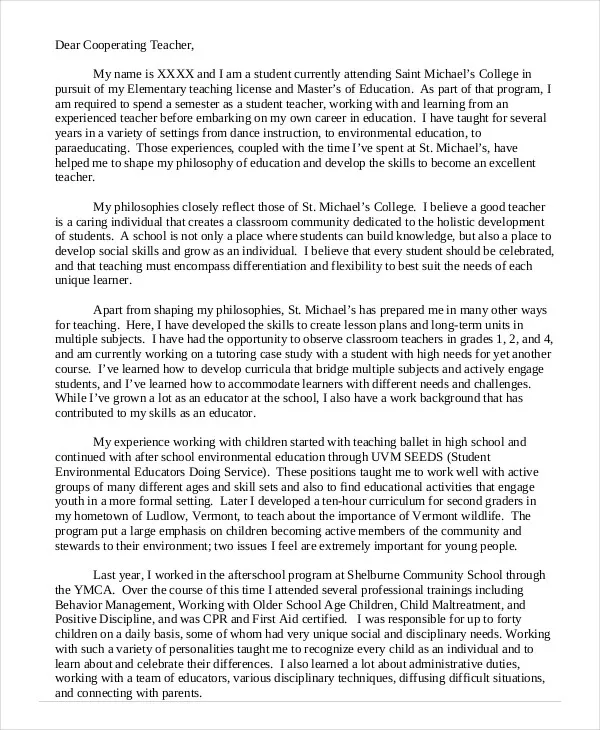
The opening paragraph is your chance to grab the reader’s attention. It should be concise, enthusiastic, and clearly state the position you’re applying for. Avoid generic openings; instead, express genuine interest in the role and the community college. This sets the tone for the rest of your cover letter. It’s essential to make a strong first impression. Make the reader want to learn more about you and your qualifications. This is your opportunity to highlight your enthusiasm for the specific teaching opportunity.
Expressing Enthusiasm and Identifying the Position
Begin by clearly stating the position you’re applying for and where you found the advertisement. Express your enthusiasm for the opportunity and the community college. Mentioning something specific about the college that appeals to you can make your application more personal and show that you’ve done your research. For instance, you could mention a specific program, initiative, or the college’s mission that aligns with your own values and goals. This initial excitement grabs the reader’s attention and shows that you’re not just submitting a generic application; you’re genuinely interested in this specific role.
Briefly Highlighting Your Key Qualifications
In the opening paragraph, briefly mention your key qualifications that align with the job description. This might include a specific degree, years of experience, or a particular skill relevant to the role. Keep this brief; the details will come in the body paragraphs. This gives the reader a quick overview of your suitability for the position, setting the stage for a more detailed explanation in the following sections. Tailor this brief summary to the specific requirements listed in the job posting to show that you understand the employer’s needs.
The Body Paragraphs: Showcasing Your Skills
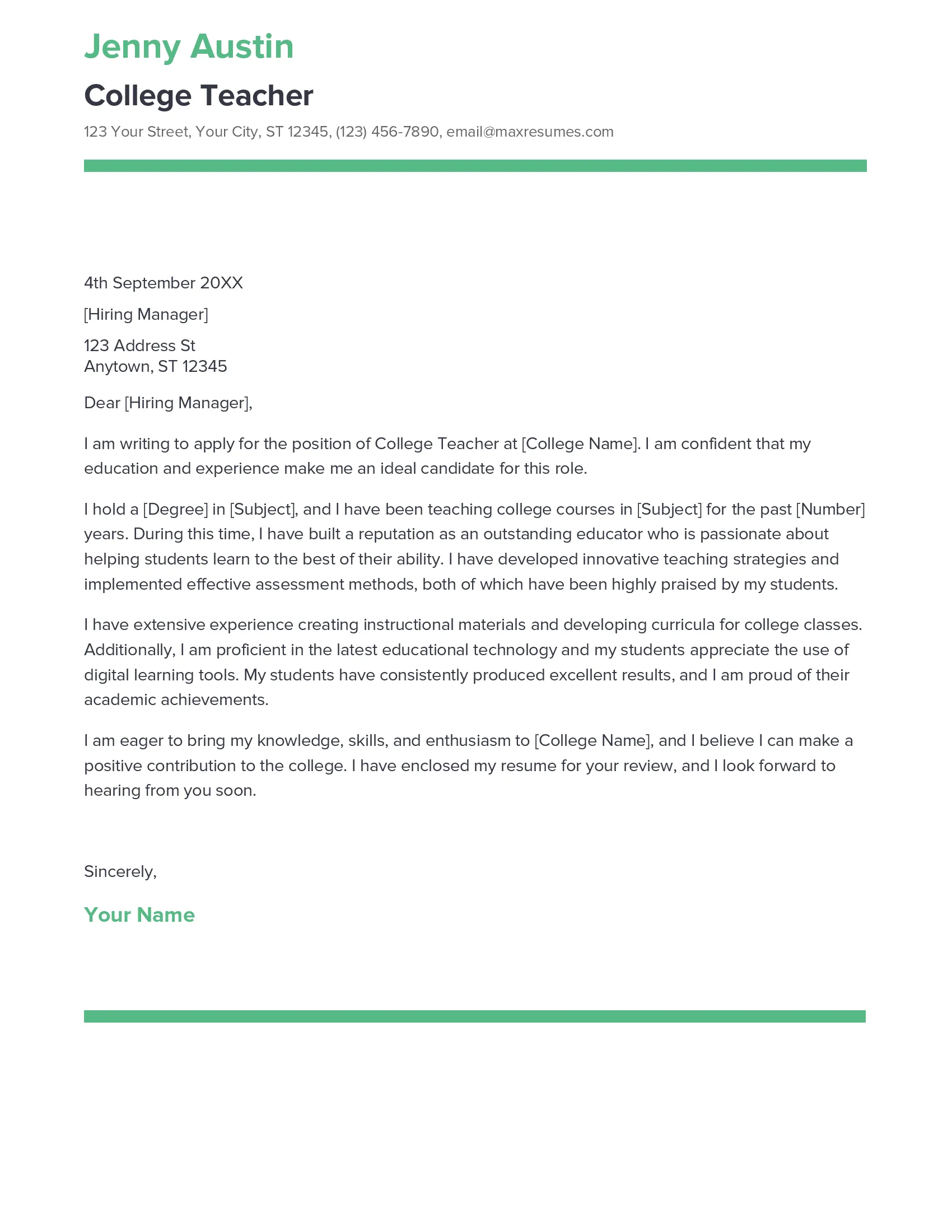
The body paragraphs are the core of your cover letter, where you elaborate on your qualifications and experience. Use this section to demonstrate how your skills and achievements align with the job requirements. Provide specific examples, quantifiable results, and relevant details to support your claims. Organize your thoughts logically, use clear and concise language, and make each paragraph focused and impactful. Use action verbs to describe your responsibilities and accomplishments. Each paragraph should address a key aspect of your qualifications, providing evidence of your abilities and suitability for the position.
Demonstrating Relevant Teaching Experience
Provide specific examples of your teaching experience, including the courses you’ve taught, the levels of students, and the teaching methods you’ve employed. Highlight any specializations or areas of expertise. If you have limited teaching experience, emphasize relevant experiences like mentoring, tutoring, or leading workshops. Focus on the impact of your teaching; mention successful outcomes such as improved student performance, positive feedback, or the development of new curricula. Show how your previous experiences have prepared you for teaching in a community college environment.
Quantifying Accomplishments and Achievements
Whenever possible, quantify your achievements. Instead of saying, ‘Improved student performance,’ state, ‘Increased student pass rates by 15% through the implementation of new teaching strategies.’ Using numbers and data makes your claims more credible and demonstrates your ability to achieve results. Include specific examples of projects, initiatives, or programs you’ve led, and describe the outcomes. This will highlight your competence and its impact. Providing hard data will make your claims more effective. This concrete evidence will impress the hiring committee.
Highlighting Relevant Skills and Expertise
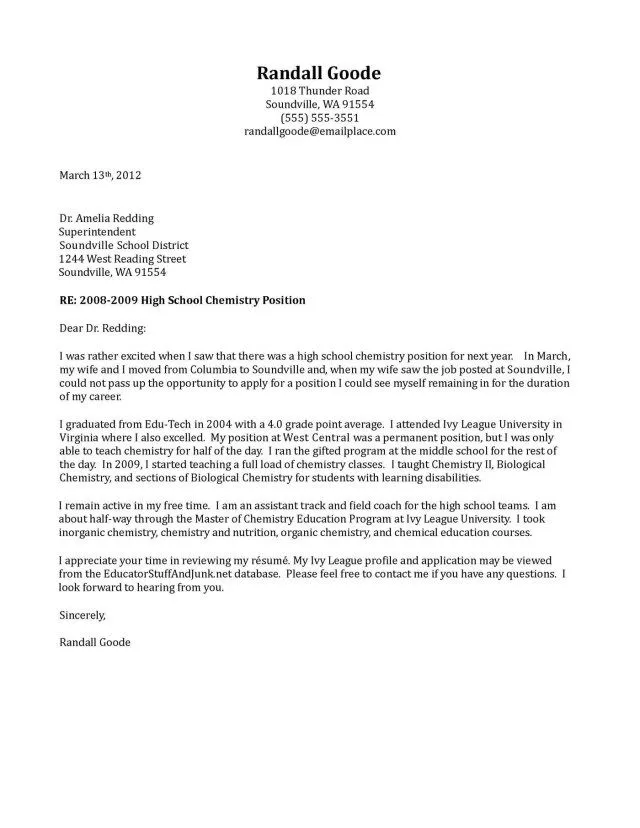
Detail the skills and expertise that make you a strong candidate for the community college teaching position. This should include both your hard skills (e.g., specific software proficiency, lab techniques) and your soft skills (e.g., communication, teamwork, problem-solving). Refer back to the job description and align your skills with the specific requirements listed. Provide examples that demonstrate these skills in action. Emphasize skills and abilities that are vital for a community college environment. This would include classroom management and student engagement techniques.
Aligning Your Skills with the Job Requirements
Carefully review the job description and tailor your cover letter to align your skills and experiences with the specific requirements. Identify the key qualifications and responsibilities mentioned in the job posting and demonstrate how you meet those needs. Use keywords from the job description throughout your cover letter to show that you understand the needs of the position and have the necessary skills. Customization increases the relevancy and showcases your commitment to the role. Highlight how your skills and expertise meet the employer’s specific needs.
Showcasing Your Understanding of the Community College Environment
Demonstrate your understanding of the unique aspects of teaching in a community college. Community colleges often serve diverse student populations with varied backgrounds and learning needs. Show that you understand these differences and are prepared to meet those needs. Highlight your experience working with diverse student populations, your commitment to inclusive teaching practices, and your ability to support students’ success. Emphasize your awareness of the community college mission. Showcase your knowledge and enthusiasm for the mission, students, and the importance of accessibility to education.
Mentioning Your Commitment to Students and Education
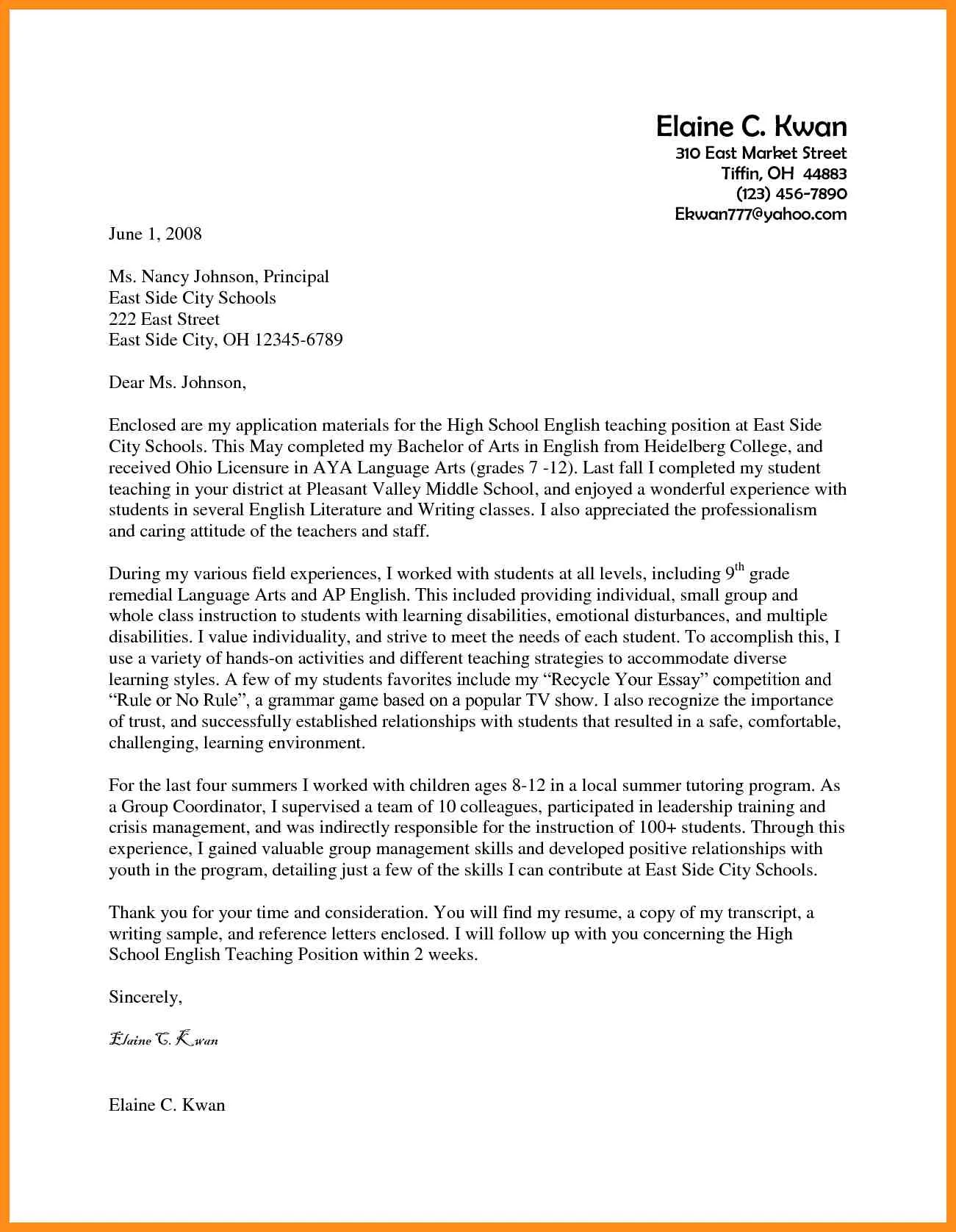
Express your commitment to students’ success and to the broader mission of community colleges. This could include your passion for teaching, your ability to create an engaging and supportive learning environment, and your commitment to student mentorship. Mention your philosophy on student-centered learning and how you support student achievement. It can be your teaching strategies or educational philosophy in detail. Show your desire to make a positive difference in students’ lives and contribute to the college’s overall goals. Emphasize how you plan to support students academically, personally, and professionally. (Image file name community-college-teaching.webp)
Explaining Your Teaching Philosophy
Include a brief statement of your teaching philosophy. This should outline your approach to teaching, your beliefs about how students learn best, and your goals for your students. Describe your teaching methods and how they contribute to student success. Show your commitment to creating an inclusive and supportive learning environment. Show that you believe in creating a collaborative and engaging learning environment. Tailor your teaching philosophy to align with the values of the community college. This helps the hiring committee understand your approach to instruction.
The Closing Paragraph: Making a Strong Impression
The closing paragraph should reiterate your interest in the position, express your availability for an interview, and include a call to action. Keep it concise and professional, leaving the reader with a positive impression of your qualifications and enthusiasm. Ensure this section summarizes your enthusiasm for the opportunity and the skills that are most relevant. It’s your last chance to highlight why you’re a strong match for the position.
Reiterating Your Interest and Availability
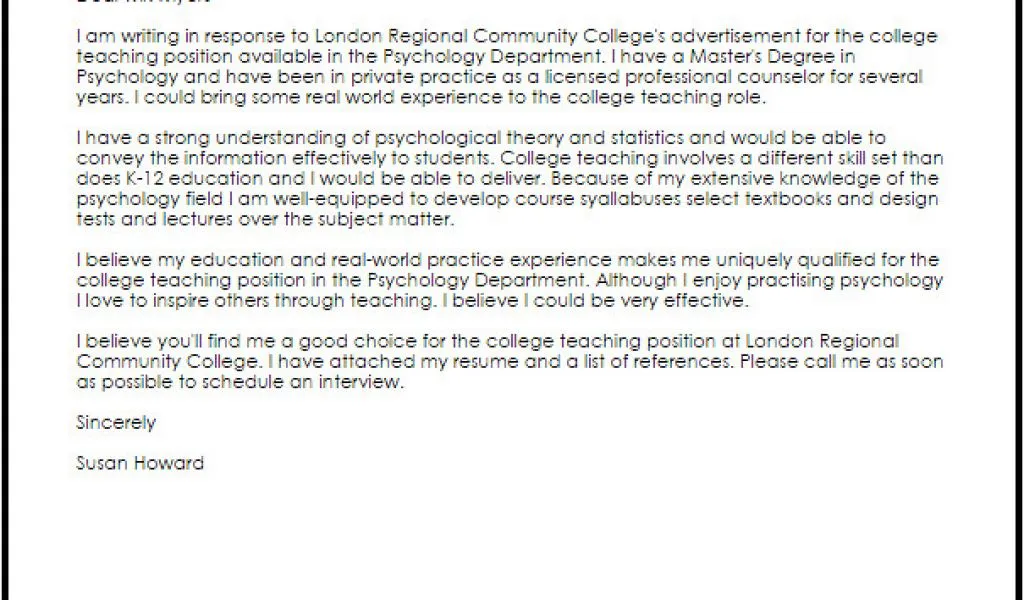
Reiterate your strong interest in the position and in working at the community college. Briefly restate why you believe you are a good fit for the role and the institution. Make sure to mention your availability for an interview and any additional steps you may take, such as following up after a certain period. Express your enthusiasm for the next step in the hiring process. This reinforces your interest and shows your professionalism. State that you are available for an interview and are looking forward to the opportunity.
Including a Call to Action
Include a call to action, such as inviting the hiring manager to contact you for an interview. You can also mention that you look forward to discussing your qualifications further. Keep your call to action direct and professional. Express your eagerness to discuss the opportunity further. This shows initiative and encourages the hiring committee to take the next step. Providing a clear and concise invitation can increase your chance of getting a call back. (Image file name cover-letter-closing.webp)
Formal Closing and Signature
End your cover letter with a formal closing, such as ‘Sincerely,’ or ‘Best regards,’. Include your signature if you are submitting a physical copy. Otherwise, type your full name. Make sure your closing is appropriate and professional. Make sure that this is a clean ending to showcase your professionalism and respect. A formal closing reinforces your professionalism. Ensure it’s appropriate for the tone of the letter and the specific institution. (Image file name cover-letter-header.webp)
Proofreading and Formatting
Before submitting your cover letter, thoroughly proofread it for any errors in grammar, spelling, and punctuation. Ensure your cover letter is well-formatted, easy to read, and visually appealing. Use a professional font (e.g., Times New Roman, Arial, Calibri) and consistent formatting throughout the document. Poorly formatted and error-filled letters can damage your chances of getting hired. Proofreading is critical to a polished and professional application. Ensure your cover letter is free of errors and formatted correctly.
